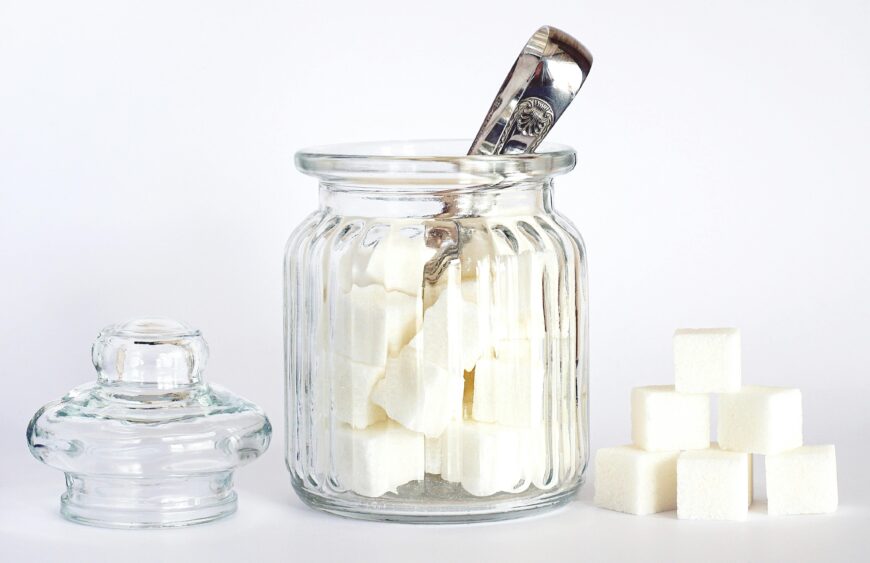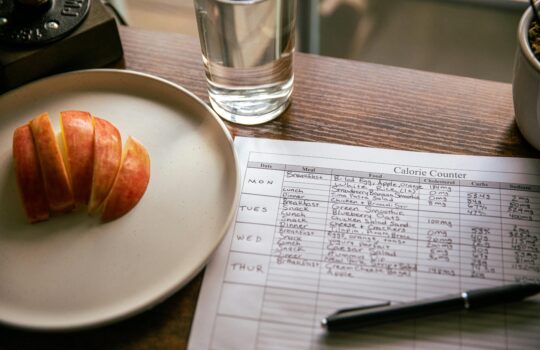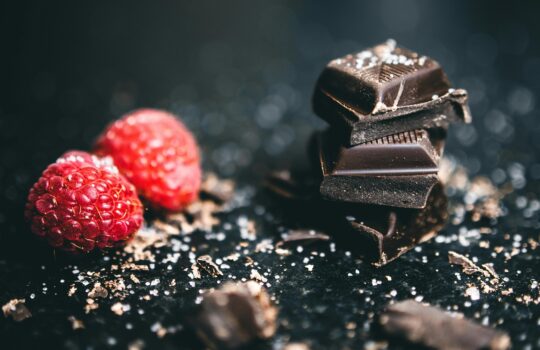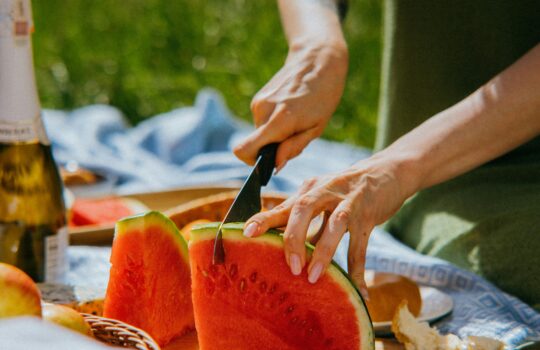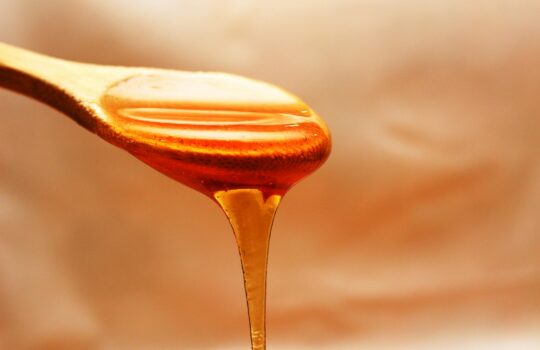You probably already know that eating too much sugar can lead to:
Weight gain
Energy crashes
Inflammation
Higher risk of diabetes and heart disease
But here’s the tricky part: sugar is hiding in more foods than you think — even in ones labeled “healthy.”
In this post, you’ll discover:
The many names of sugar on ingredient lists
Surprising foods that contain hidden sugar
How to read labels like a pro
Let’s uncover the sweet truth 👀
Why Is Sugar Hidden?
Because companies know people are trying to avoid it.
So instead of writing “sugar,” they use alternative names that sound more natural or less alarming — even though they affect your body the same way.
20+ Names for Hidden Sugar
Here are some of the most common terms to look out for:
| Common Names | Sneaky Alternatives |
|---|---|
| Sugar | Cane juice, cane crystals |
| Brown sugar | Malt syrup, barley malt |
| Corn syrup | High-fructose corn syrup (HFCS) |
| Honey | Agave nectar, rice syrup |
| Maple syrup | Fruit juice concentrate |
| Glucose, Fructose | Dextrose, Maltose, Sucrose |
| Molasses | Evaporated cane juice |
🧠 If it ends in “-ose” — it's likely a sugar.
Surprising Foods That Contain Sugar
Some of these may shock you — especially if you thought they were “healthy.”
1. Flavored Yogurts
Even small single-serve cups can have 15–25g of sugar.
🟢 Swap: plain Greek yogurt + fruit
2. Granola and Cereal Bars
Often marketed as “natural” but packed with sweeteners.
🟢 Swap: homemade bars or handful of nuts + dates
3. Salad Dressings
Yes — even your "light" or "fat-free" dressing might contain 3–6g of sugar per serving.
🟢 Swap: olive oil + vinegar + mustard
4. Nut Butters
Some brands add sugar and palm oil to make them more spreadable.
🟢 Swap: 100% peanuts/almonds only
5. Tomato Sauce & Ketchup
Sugar is often the second or third ingredient.
🟢 Swap: look for “no added sugar” versions or make your own
6. Bread & Crackers
Yes — sugar is commonly used for texture and shelf life.
🟢 Swap: 100% whole grain bread with <2g sugar per slice
7. Plant-Based Milks
Vanilla or chocolate flavors are often sweetened.
🟢 Swap: choose “unsweetened” almond, oat, or soy milk
How to Read Labels (Fast)
Step 1: Check Ingredients
Look for any sugar-related terms — especially in the top 3 ingredients.
Step 2: Check Nutrition Facts
Under “Total Sugars,” you’ll now see “Added Sugars” listed separately (in grams).
Try to limit added sugars to:
<25g/day for women
<36g/day for men
(That’s about 6–9 teaspoons max.)
Step 3: Watch serving size
Sometimes a product seems low in sugar — until you realize the serving is tiny.
Tip: Not All Sugar Is Bad
Natural sugar from whole fruit, veggies, and dairy comes with fiber, vitamins, and antioxidants — and digests slower.
The issue is added sugars in processed foods that offer calories but little nutrition.
Summary: Spot Sugar Like a Pro
✅ Look for ingredients ending in “-ose”
✅ Check “added sugars” on nutrition labels
✅ Avoid products with sugar in the top 3 ingredients
✅ Choose whole, minimally processed foods when possible
Bonus Tip:
Want a printable list of hidden sugar names + a “smart shopping” label checklist?
Let me know and I’ll add it to your Downloadables section soon!

